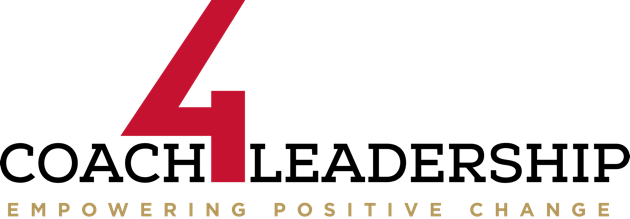Have you or someone you’ve known ever gotten a new colleague or CEO and the news of their extreme talent precedes them? They were known to be brilliant, incredibly smart and perhaps uniquely accomplished. Going a step further, their ability to get things done, strategize and work complex problems was legend.

Whether you had expectations of this person leading you or the team to wild success or fears of them replacing you, neither panned out. Why?
We’ve all seen and heard of similar scenarios where a “superstar” comes onboard and instead of reaching the stars together, things fizzle and you don’t even get off the ground. In some cases it’s worse: individuals as well as the organization go backwards and barring an intervention, its possible for everything to go up in flames as well.
The real key to whether or not the the new superstar colleague or CEO will live up to their own potential and other’s expectations isn’t their IQ, it’s their Social and Emotional Intelligence (S+EI). It’s more about how well they can read and relate to themselves, others and the environment.
The notion of how “smart” someone is dates back to the beginning of the 20th century and is almost synonymous with the term IQ. That concept didn’t change until the 1980’s when Howard Gardner wrote about what many intuitively knew: being “smart” isn’t just about how fast you can process information in your noggin’ (or frontal cortex for our neuroscientist types). Gardener proposed that their are at multiple types of intelligences (at least 9,possibly more). Then another missing piece that helped explain why the “smartest” among us don’t always come out on top came along in 1995. Dan Goleman proposed the concept of “Emotional Intelligence” and described it’s 5 components in his book that bears the same name.
Since then, Dan along with others have researched and written volumes about the topic of emotional intelligence, which is now commonly referred to as S+EI. A simple way to think about S+EI is that it deals with the realms of personal and social competencies. It can be further sliced into the 4 main categories depicted in the 2 x 2 table below, which also makes it a great heuristic for taking a pulse of where you’re and where you need work.
Self-awareness is how in touch we are with our own emotional state of being, while Self-Management is about self-control, or how we manage our emotions and behaviors. Social-awareness is how in-touch or in-tune we can be with others as well as our environment, while Social-management is how well we interact with situations, people in our environment and the interaction between the two. Specific competencies have been described for each category, although they differ a bit depending on who you read.
Unlike traditional IQ, which most say is relatively fixed (there is still some debate), your S+EI quotient can be improved. There are a number of S+EI instruments that can be used to measure your S+EI abilities. Likewise, there are strategies, approaches and exercises that have been shown to improve specific competencies and your overall S+EI “quotient”.
The next question that needs to be asked is: “Does S+EI really matter?” Great question. Easy answer: Yes it does, and in spades. While classical “smarts” and skill are still important, they are better thought about as being the ante to get in the game, or baseline requirements if you will. S+EI on the other hand, is the game changer that differentiates the good from the great. Having leaders and teammates with high levels of S+EI is also a game changer for your business.
How high is your S+EI? Even if you don’t have a specific “score” to refer to, I bet you have some idea. You probably rank high in some S+EI areas if others have remarked about your calmness under pressure, ability to think and keep your cool when provoked, defuse tense situations or to get the best out of others. On the other hand, if you have any of the qualities of these kinds of leaders, then you have some work to do…..and you better start now if you want to truly succeed in life and business.
More on why S+EI matters next time.

